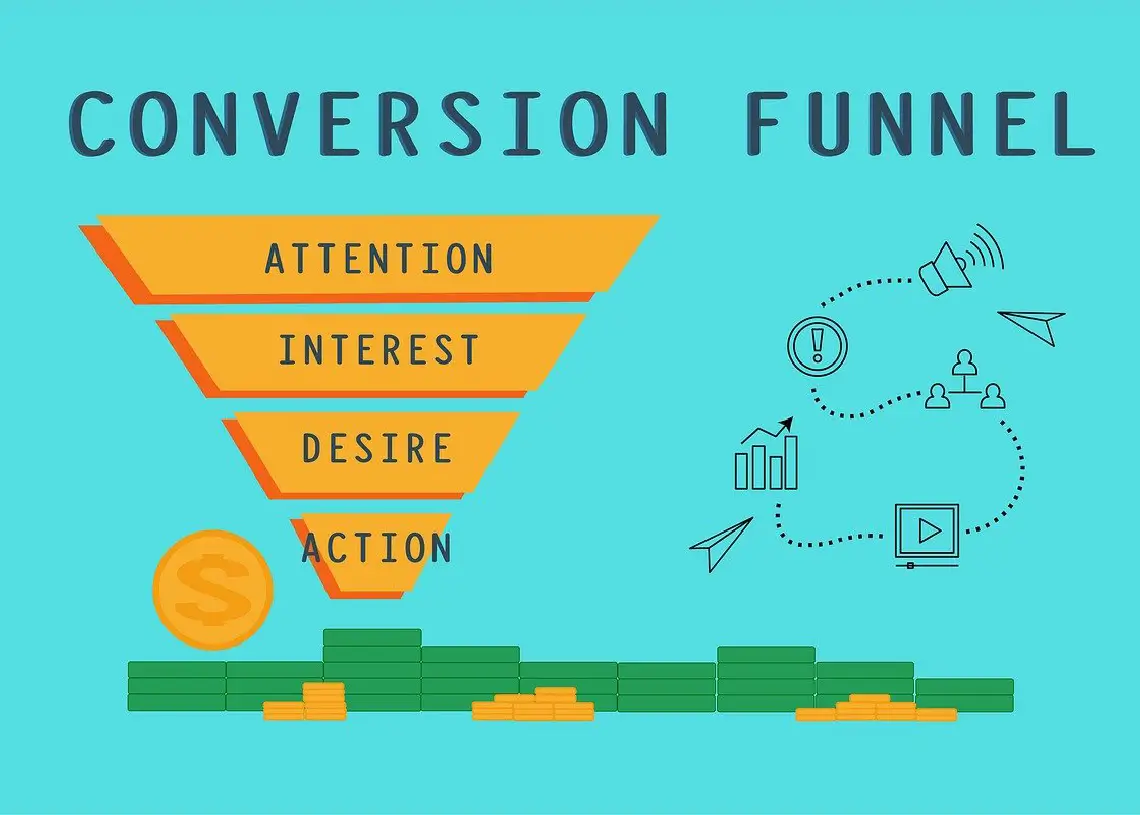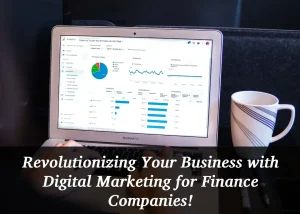The sales funnel is an important concept in modern-day marketing. It is a framework used to track a customer’s progress from being a prospect to becoming a paying customer. In this guide, we’ll explore each stage of the sales funnel and provide actionable tips for improving each step. Whether you’re a seasoned marketer or just getting started, this guide is a great starting point for navigating the different stages of the sales funnel.
Introduction to the Sales Funnel
The sales funnel is a crucial part of any successful marketing strategy. It’s a visual representation of the customer journey, from awareness to purchase. It shows how potential customers become paying customers. It’s a framework that allows marketers to measure and track customer engagement and conversion rates.
At its core, the sales funnel helps marketers identify opportunities to convert prospects into customers. It’s a powerful tool that can help you measure the success of your marketing efforts, understand your customers better, and optimize your strategy to maximize conversions.
Identifying Your Target Audience
Before you can begin optimizing the different stages of your sales funnel, you must first identify your target audience. This includes getting to know your ideal customer, understanding their needs and wants, and creating buyer personas to represent them. Once you’ve identified your target audience, you can use this information to create a tailored marketing strategy that speaks to their needs and interests.
When identifying your target audience, it’s important to keep in mind the different stages of the sales funnel. For example, if you’re targeting the awareness stage, you’ll want to focus on creating content that educates your potential customers about your product or service. If you’re targeting the decision stage, you’ll want to focus on creating content that helps your prospects make a purchase decision.
Understanding Your Buyer Personas
Once you’ve identified your target audience, you can then create buyer personas to represent them. Buyer personas are semi-fictional representations of your ideal customer. They are based on research and data gathered through surveys, interviews, and other methods. Buyer personas provide you with valuable insights into your target audience and help you create more effective marketing strategies.
When creating buyer personas, it’s important to consider the different stages of the sales funnel. For example, if you’re targeting the awareness stage, you’ll want to create a buyer persona that reflects the needs and interests of prospects at this stage. If you’re targeting the decision stage, you’ll want to create a buyer persona that reflects the needs and interests of prospects at this stage.
Awareness Stage
The awareness stage is the first stage of the sales funnel. At this stage, your potential customers are just beginning to learn about your product or service. They may not even be aware of your company yet. Your goal at this stage is to raise awareness and generate interest in your brand.
To do this, you should focus on creating content that educates your potential customers about your product or service. This can include blog posts, webinars, infographics, and other types of content. You should also focus on creating content that resonates with your target audience. This can include stories, case studies, and customer testimonials.
Consideration Stage
The consideration stage is the second stage of the sales funnel. At this stage, your potential customers have become aware of your product or service and are interested in learning more. Your goal at this stage is to encourage your potential customers to consider your product or service.
To do this, you should focus on creating content that helps your potential customers evaluate your product or service. This can include product comparison charts, comparison reviews, feature lists, and pricing information. You should also focus on creating content that encourages your prospects to take action. This can include offers, discounts, and incentives.
Decision Stage
The decision stage is the third stage of the sales funnel. At this stage, your potential customers have evaluated your product or service and are ready to make a purchase decision. Your goal at this stage is to remove any remaining barriers to purchase and encourage your prospects to make a purchase.
To do this, you should focus on creating content that builds trust and confidence. This can include customer reviews, case studies, and testimonials. You should also focus on creating content that encourages your prospects to take action. This can include incentives, discounts, and offers.
Retention Stage
The retention stage is the fourth stage of the sales funnel. At this stage, your customers have made a purchase and are now using your product or service. Your goal at this stage is to ensure your customers are satisfied and continue to use your product or service.
To do this, you should focus on creating content that encourages customer engagement. This can include product tutorials, FAQs, and tips and tricks. You should also focus on creating content that encourages customers to share their experience with your product or service. This can include customer reviews, case studies, and testimonials.
Measurement and Analysis
The measurement and analysis stage is the fifth stage of the sales funnel. At this stage, you should measure and analyze the performance of your marketing efforts. This will help you understand which tactics are working and which are not. You can also use this information to better understand your customers and optimize your sales funnel.
When measuring and analyzing the performance of your marketing efforts, it’s important to consider the different stages of the sales funnel. This will help you understand which tactics are most effective at each stage. For example, you may find that content marketing is more effective at the awareness stage, while PPC is more effective at the decision stage.
Optimizing the Sales Funnel
The optimization stage is the sixth stage of the sales funnel. At this stage, you should use the data gathered from the measurement and analysis stage to optimize your sales funnel. This will help you increase conversions and maximize your ROI.
When optimizing the sales funnel, it’s important to consider the different stages of the sales funnel. For example, if you’re targeting the awareness stage, you’ll want to focus on optimizing your content marketing strategy. If you’re targeting the decision stage, you’ll want to focus on optimizing your PPC campaigns.
Conclusion
The sales funnel is an essential tool for any modern-day marketer. By understanding the different stages of the sales funnel and taking the necessary steps to optimize each stage, you can maximize your ROI and increase conversions. Whether you’re a seasoned marketer or just getting started, this guide is a great starting point for navigating the different stages of the sales funnel.




